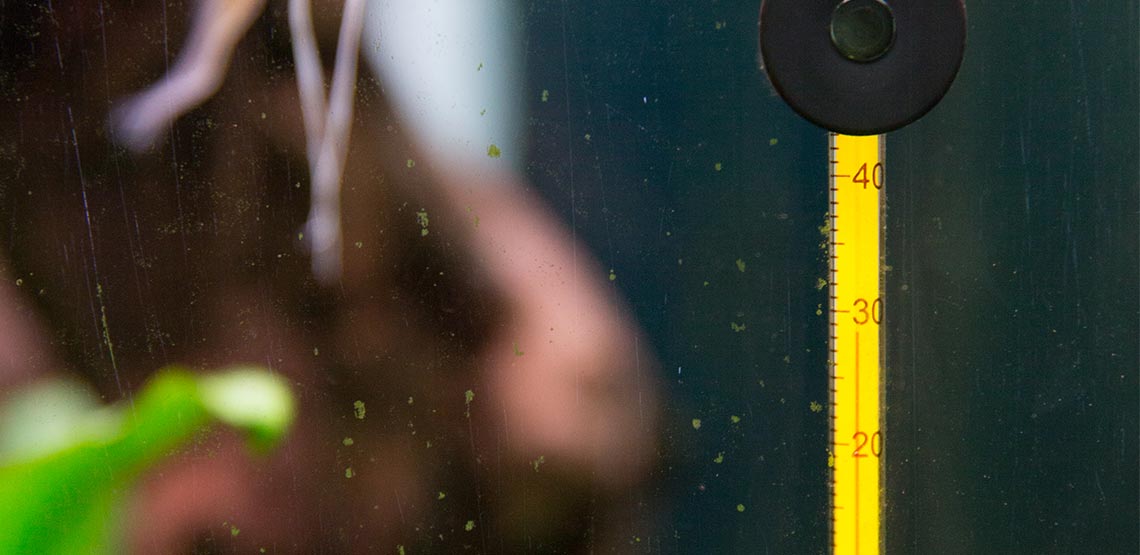Setting up Your Underwater Playground
If you are setting up either a freshwater of saltwater aquarium, you are going to need a number of essential supplies.
Everything listed below is for both setups, however, if you are opting for a saltwater aquarium you are going to also need additional aquarium testing kits, a protein skimmer, and some live rock, which is an important biological filter.
Reference Books
The species of fish you choose will all have different needs in terms of water temperature, type, and quality, so the equipment outlined below is for general guidance. Whichever choice you make, freshwater or saltwater, will need to conduct research to ensure you make the healthcare of your fish the top priority.
Pick up some reference books which run you through everything you need to know. You can also get a fish atlas to check which species can be kept safely together, and learn more about their care.
[caption id="attachment_2903" align="alignnone" width="300"]
Aquarium Tank
The larger the tank, the better, but you need to weigh this against the space you have available. As a minimum most people can find space for a 20 gallon tank. Tanks are either glass or acrylic. While many people favor the former, if you have children, acrylic is probably a safer option as it won’t break. Tanks are heavy so you need to plan where you will place it.
In addition, acrylic tanks need support all the way along the bottom, not just at the edges.
Your aquarium will need a lid; sometimes these come with a light already fitted. A lid is needed to slow evaporation, and to prevent fish making a bid for freedom.
[caption id="attachment_2904" align="alignnone" width="300"]
Light
If your tank doesn’t come already fitted with a light, you will need to purchase one separately. For the beginner, a fluorescent light is the best choice because the light is much cooler and it costs less to run.
[caption id="attachment_2907" align="alignnone" width="300"]
Filtration
A filter is essential to keep your water clean and the fish healthy. There are many options available but a good choice for a beginner is a bio wheel system. The size of your tank must be matched by the size of your filter if it is to be effective. Filters come with varying flow rates, but ultimately your tank water needs to be filtered at least four times every hour.
As an example, if you have a 25 gallon tank you will need a filter with a flow rate of at least 100 gallons per hour.
[caption id="attachment_2905" align="alignnone" width="300"]
Heater
While fish have different needs in terms of temperature, the average is around 77 degrees Fahrenheit, so you’re going to need a heater to keep the water in the right range.
Most heaters are either submersible or can be hung on the side of the tank. As a general guide the heater will need 5 watts per gallon for smaller tanks, and 3 watts per gallon for a larger tank. However, this depends on the temperature in your house so you are going to need to check the guidance notes on the heaters themselves before purchase.
[caption id="attachment_2919" align="alignnone" width="300"]
Thermometer
These are either submersible or can just stick to the glass. The latter is usually going to be accurate unless you are keeping delicate fish that might be sensitive to small changes in water temperature.
[caption id="attachment_2906" align="alignnone" width="300"]
Water Conditioner
All water must be purified before your fish can be added. Water conditioner will remove chlorine, heavy metals, and ammonia.
[caption id="attachment_2918" align="alignnone" width="300"]
Testing Kits
One of the most important steps before you add your fish to the tank is to test the water. You will need different kits for pH, ammonia, and nitrite, and it’s important to follow the manufacturer’s instructions on these to use and store them properly. Missing this step can be fatal for your fish.
[caption id="attachment_2917" align="alignnone" width="300"]
Substrate
This is just the gravel that lines the bottom of the aquarium. You will need about one pound of gravel for every gallon of water in the tank.
[caption id="attachment_2913" align="alignnone" width="300"]
Fish Net
There will be times when you need to catch your fish, so you’ll need a net. Keep a couple on hand as fish can be tricky to capture. If you have two nets you can guide the fish in with one and catch them in the other.
[caption id="attachment_2912" align="alignnone" width="300"]
Siphon
You will need to clean your tank and change the water regularly. A siphon is like a mini vacuum cleaner. If you can afford one that uses water pressure from your tap to work, it will be much easier to use, and be more effective.
[caption id="attachment_2914" align="alignnone" width="300"]
Algae Cleaner
Algae will eventually build up in any tank. To deal with it, you have two options. The first is the low maintenance approach which is the algae magnet. This is more expensive but less work. The second, cheaper option is an algae scrubber, but you will have to do more of the manual work.
[caption id="attachment_2910" align="alignnone" width="300"]
Clean Container
You will need a water container of some sort, either a bucket or bowl, for aquarium maintenance. It’s important that this has no other role in your house as any residue in it could be fatal for fish.
[caption id="attachment_2909" align="alignnone" width="300"]
Decorations
The last item is purely decorative although it also makes life more interesting for your fish. Choose items that you enjoy, and make the tank look good, whether it’s fancy rock arches or a diver discovering a treasure chest.
